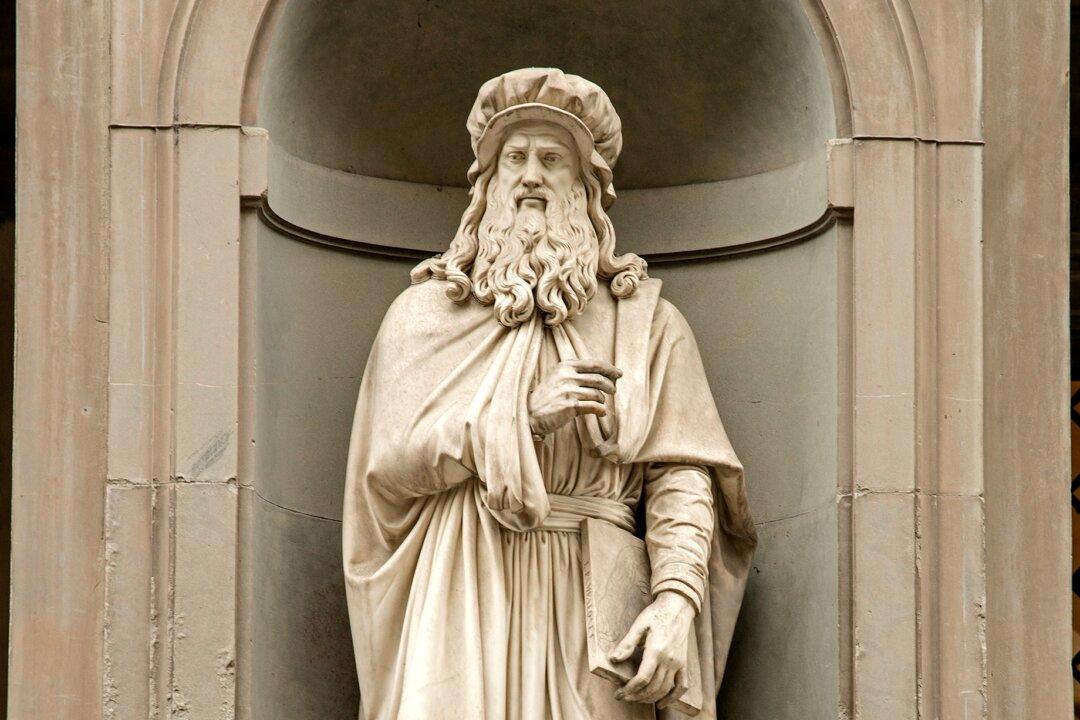Leonardo da Vinci, as we know, was the epitome of the Renaissance man. We know that he was a genius, a polymath, a pioneer in fields as diverse as anatomy and hydrodynamics. We know that Leonardo invented the tank, the helicopter, the flying machine, the parachute, and the self-powered vehicle. We know that he was a “man ahead of his time” and that his visionary inventions weren’t to be realised for centuries.
Well, not exactly. Leonardo the inventor is subject to legends in much the same way as the Mona Lisa. But the reality beneath the stories is no less exciting, as the Science Museum’s new exhibition Leonardo da Vinci: The Mechanics of Genius makes abundantly clear.
He was trained in Florence in the 1470s, when the workshops of some major artists not only took on art in every kind of medium but also tasks that we would now classify as engineering – both civil and military. His master, Andrea del Verrocchio, was famed chiefly as a sculptor, but was also responsible for the soldering and erection of the great copper ball on top of the dome of Florence’s cathedral. This brought the young engineer into direct contact with the lifting and construction devices of the great Filippo Brunelleschi, architect of the dome.
These artist-engineers were employed to produce a wide range of practical machines of the kind that rarely leave their mark in written and drawn records. Leonardo, for instance, produced ingenious designs for the sluices of lock gates. We know about this because of a memorandum in which he speaks of sluices for rivers that he arranged for the Venetians in 1500, when he was visiting the maritime republic.
Leading engineers also indulged in more visionary designs in their treatises. These involved a lot of “visual boasting” aimed at prospective or actual employers. Like all prospectuses, the treatises were designed to make an impression. Many of Leonardo’s most famous designs fall into this category. An example is the so-called “tank”, a kind of wood-and-steel woodlouse fringed by cacophonous arrays of guns, which was designed to scoot across the dusty battlefield. It is high on shock and awe and low on practicality – as the designer and his patron would have realised.


